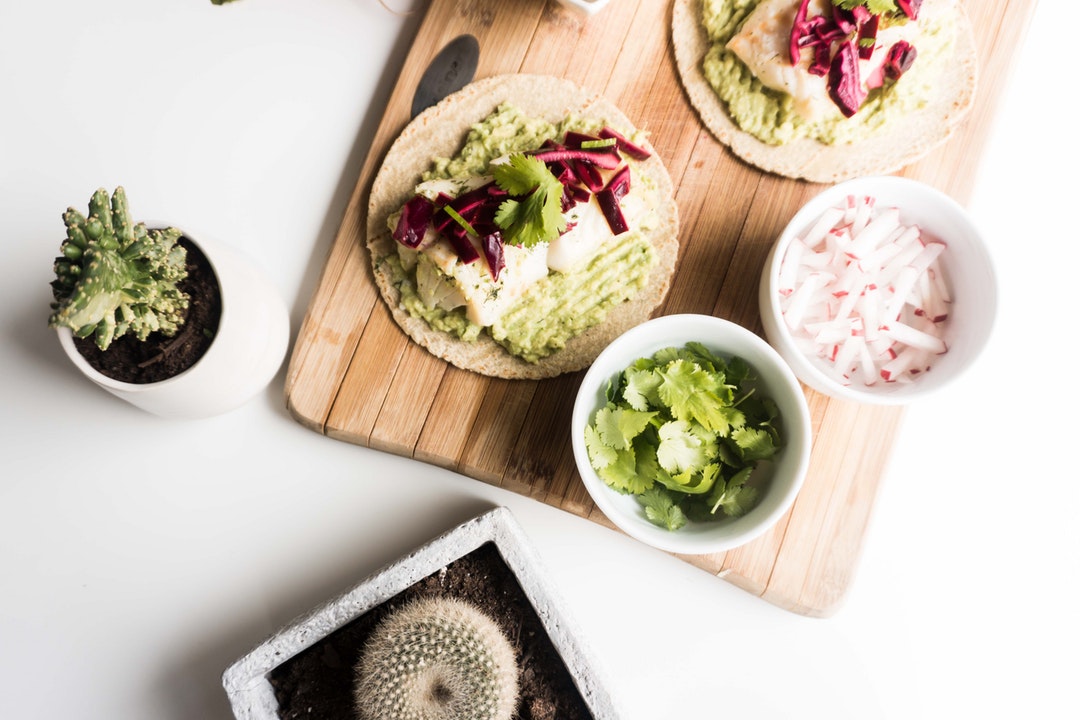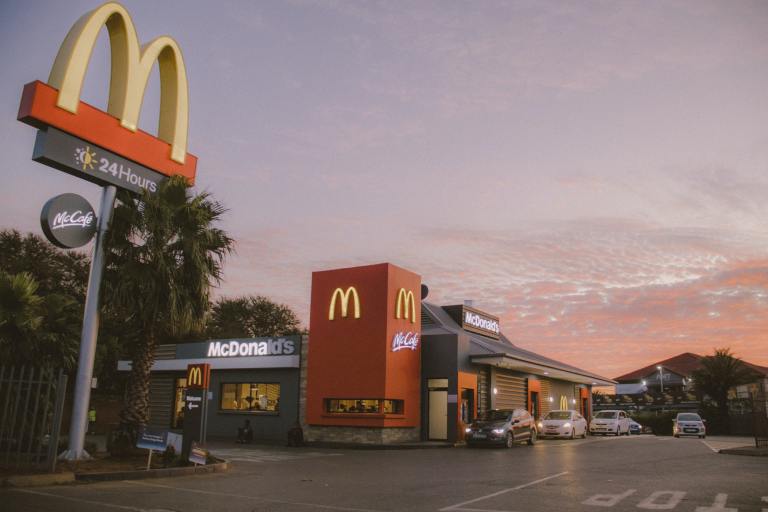How To Get Into Weekly Food Prep And Why You Absolutely Should
You may feel you don’t have time for cooking a pot roast or even making yourself a sandwich. After college, meeting over food or drinks seems to be the only way to connect before something else makes your to-do list.


Constantly on the go? Your 20s are a busy time, as you’re probably working to reach some big milestone goals, whether that’s traveling, finding your career or buying your first home. You may feel you don’t have time for cooking a pot roast or even making yourself a sandwich. After college, meeting over food or drinks seems to be the only way to connect before something else makes your to-do list.
In 2016, 49 million people reported they grab and go at quick-service restaurants, and 19 million people sat down to eat at full-service restaurants. Millennials spend 44 percent of their food money on eating out, which averages $2,291 annually. Halve that, and you’d have more money to put toward those milestone goals. Take out the taxes, tips and extras that go into getting the ingredients and making something delicious of them.
Food prepping takes less planning and effort than you think once you get started. Choose from a host of strategies to curate a convenient, nutritious and delicious weekly collection of meals for yourself.
Find the Best Prep Method
Various prep methods will work best for you, depending on your cooking style, preferred meals and schedule. Try one or more of these methods.
• Make-ahead meals: Short on time? Cook whole meals in advance, and reheat them during mealtime. A casserole or pot of soup can get you through several lunches or dinners.
• Batch cooking/freezing: Many recipes serve two or four, and even if it’s just you, go ahead and make the full serving size, then freeze half. Batch cooking refers to making multiple batches this way and preserving them for future meals. Double up chili, or freeze your extra rice.
• Individually portioned meals: Got specific health goals, or love to grab and go? Prepare your foods into individual servings, such as loaded overnight oats or a salad in a mason jar.
• Ready-to-cook ingredients: Love to cook a meal for loved ones when you get a chance? There’s something about scents filling the air and the ritual of cooking. Prep your ingredients a few days or hours in advance, such as chopping the veggies. Depending on how well your ingredients keep, you can do this for most of your meals every few days or once a week.
• Themed nights: Is dinner your favorite meal? Take it easy by focusing on one mealtime at once, starting with dinner. Make your food prepping easier by giving each night a theme, such as those classic Meatless Mondays and Taco Tuesdays.
• Snack stations: Food prepping generally focuses on entire meals, but what about snacks? Create a healthy snack station to grab and go, so you don’t indulge in overeating and you still get your nutrition in. Consider hard-boiled eggs, trail mix, meatballs and soup cups.
Get Organized With a Meal Game Plan
Have you chosen your favorite food prep methods? Now, take a few minutes to get organized with a meal game plan. From meals to food prep scheduling, keep these factors in mind.
• Match meals to methods: Set goals with your methods. Focus on smoothies or a simple oatmeal and fruit snack for rushed mornings. If busy in the evenings, why not do make-ahead dinners?
• Curate your menu: Start with trusted recipes and mix them with some new ones. Keeping your first menus simple will save you time, and you can experiment more later. Base your meals on what you have on hand or seasonal produce, for example. Hello, fried green tomatoes on toast! Batch make rice, grill some chicken and roast veggies to mix and match into various recipes.
• Schedule prep time: Aim to prep your food on your shopping day, and make your prep plan realistic timewise. Chop your essential ingredients and batch cook your main meals. You can quickly prep grab-and-go meals based on the pre-chopped ingredients a day or two later. Find an order of operation that works for you, and get your significant other, roommates or family involved in doing it together.
Making the Most of Your Meal Prep
Once you’ve planned your menu, make a shopping list. First, take an inventory of what you already have on hand.
• Stock staples: You can build entire meals on staples. Stock up on lasting, reliable goods, such as shelf-stable rice, quinoa, beans, dried herbs, spices and milk. Don’t forget flour and vinegar. Collect root vegetables and freezer-friendly foods. You can freeze some pre-cooked meals and even cheese. Just use it up before expiration.
• Simplify shopping: Create a plan of attack to navigate grocery shopping quickly, department by department. Keep a tab of what you use regularly, such as olive oil or onions.
• Check containers: Select and stock up on appropriate containers for your meal prepping plans, such as glass and plastic containers, as well as freezer bags and zip-top storage.
Get to Prepping!
Put on your favorite music. Sharpen your knives. It’s time to prep! Here are a few extras to keep in mind.
• Optimize your time: Start with foods that need to cook the longest, and prep those ingredients. Boil your grains. Multitask by chopping an onion for the soup and wraps, if more than one recipe calls for the same ingredient. When chopping, start with produce and end with foods that need cooking. Wash the cutting board between each category.
• Note storage life and expiration dates: Check the storage life for different types of food. In airtight containers, cut veggies usually keep for two to three days in the fridge, and heartier veggies, such as squash, keep a tad longer. Store fresh herbs in water for greater longevity, and consume meats and fish within four days, reheating them to 165 degrees Fahrenheit to abate bacteria growth. Write expiration dates on meals, and keep apprised of the storage life for your frozen meals, also.
• Freeze properly for quality: Foods like cooked grains, casseroles, chilis and soups easily freeze for future meals. On a crazy busy day, pull a casserole out of the freezer and heat it up. Cool food to room temperature, pack in your chosen containers and leave about an inch for expansion during freezing. You should consume most frozen meals within three to six months, and don’t forget to label meals with expiration dates!
Eat Up!
Keep it simple when you start food prepping. Over time, you’ll discover a style of meal prepping that works best for you and your household. Chow down, and enjoy the fruits and veggies of your labor! ![]()




